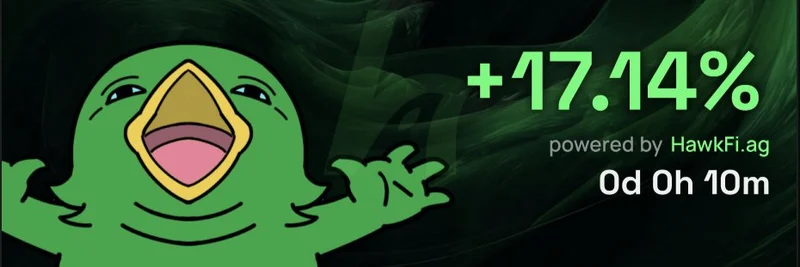In the fast-paced world of crypto, where decentralized autonomous organizations (DAOs) reign supreme, a recent proposal from LayerZero has sparked intense discussions about how to properly value these entities. Laura Shin, a prominent crypto journalist and host of the Unchained podcast, highlighted this in a tweet that breaks down a eye-opening clip from her show. The clip features Lawson Bae, founder of Relayzero, explaining why DAO members need to think like real-world shareholders when assessing big-money deals.
Understanding the LayerZero-Stargate Proposal
LayerZero, an interoperability protocol that connects blockchains, put forward a $110 million acquisition proposal for Stargate Finance, a cross-chain liquidity protocol. This deal, announced via Stargate's governance forum, involves swapping Stargate's STG tokens for LayerZero's ZRO tokens. If approved, it would effectively dissolve the Stargate DAO and integrate its operations into LayerZero's ecosystem.
But here's the twist: Stargate holds about $95 million in its treasury. Subtract that from the $110 million offer, and you're left with just $15 million valuing the actual protocol itself. As Bae points out in the podcast clip, this lowball figure raises questions about whether it's a fair deal for STG holders.
For those new to the space, a DAO is like a community-owned company run by smart contracts on the blockchain. Members vote on decisions using governance tokens, much like shareholders in a traditional firm. Proposals like this one require a high approval threshold—70% in Stargate's case—to pass.
Breaking Down the Valuation Math
Bae's analysis treats the DAO like a business, applying classic valuation methods to on-chain data. He looks at Stargate's cash flow, which is the revenue generated from protocol fees and operations, all transparently recorded on the blockchain.
According to the clip, Stargate's 30-day cash flow sits around $180,000. Annualize that (multiply by 12), and you get roughly $2.16 million per year. Now, in traditional finance, businesses are often valued using a multiple of their earnings or cash flow—think of it as a price-to-earnings ratio.
Bae applies a 7.25x multiple to this annualized figure: 7.25 × $2.16 million ≈ $15.66 million. That matches closely with the $15 million implied protocol value from LayerZero's bid. It's a straightforward way to check if the offer makes sense, emphasizing that DAOs shouldn't just accept flashy numbers without crunching the basics.
This approach is a game-changer for blockchain practitioners. In the meme token world, where hype often drives prices, applying business-like scrutiny can help communities avoid bad deals and build sustainable value.
The Counterbid and Broader Implications
The story doesn't end there. Shortly after LayerZero's proposal, the Wormhole Foundation jumped in with a counteroffer, promising a higher bid to top the $110 million. This bidding war underscores the competitive landscape in cross-chain tech, where protocols like Stargate are hot commodities due to their $4 billion in bridged volume.
For meme token enthusiasts and DeFi users, this saga offers key lessons. Meme coins often start as jokes but can evolve into DAOs with real treasuries and revenues. Thinking like shareholders—evaluating cash flows, multiples, and long-term value—can empower holders to make informed votes. It's a shift from pure speculation to strategic governance, aligning with the ethos of building resilient blockchain projects.
If you're diving into meme tokens or DeFi, keep an eye on tools like on-chain analytics platforms to run your own valuations. Episodes like this from Unchained provide invaluable insights, bridging traditional finance wisdom with crypto innovation.
Check out the full Unchained podcast episode for more deep dives, and follow discussions on platforms like Stargate's forum to stay updated on the vote.



